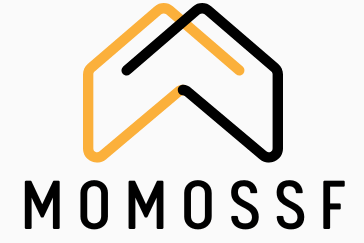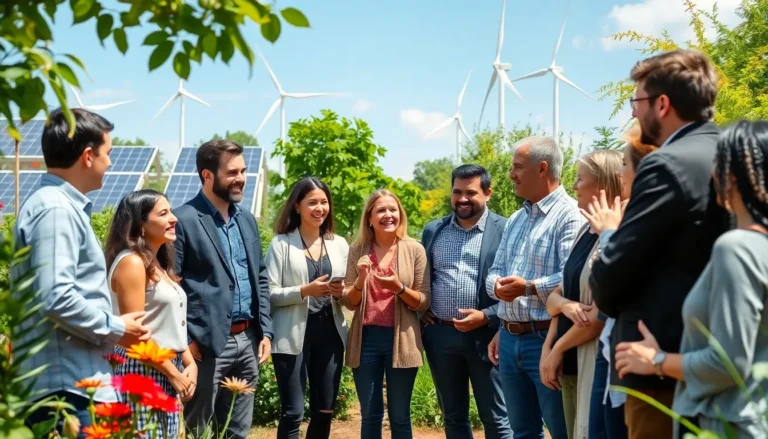Imagine strolling through the vibrant streets of Barcelona, effortlessly ordering tapas or chatting with locals about their favorite fútbol team. Learning Spanish opens up a treasure trove of experiences. But let’s face it: diving into a new language can feel like trying to find a needle in a haystack, what resources should one use? Fear not, for this article will be your trusty guide leading you through the wonderful world of Spanish language learning resources. Whether you’re a beginner or looking to sharpen your skills, there’s something here for everyone. So buckle up and get ready to ignite your passion for Spanish.
Table of Contents
ToggleWhy Learn Spanish?

Spanish isn’t just the language of spicy food and vibrant festivals. It’s one of the most spoken languages globally, with over 460 million native speakers. Learning Spanish can enhance career opportunities, allowing individuals to connect with a broader range of clients and colleagues. Besides, understanding Spanish gives learners greater access to art, music, and literature. Imagine reading Gabriel García Márquez’s novels in their original form or enjoying classic Spanish films without subtitles. The cultural insights alone make learning this language worthwhile.
Types of Spanish Language Resources
Diving into Spanish doesn’t have to be overwhelming. There are countless resources available. Here’s a breakdown of some popular types:
Online Courses and Apps
Apps like Duolingo and Rosetta Stone have revolutionized language learning. Their gamified approach makes studying enjoyable, keeping learners engaged. These platforms offer personalized lessons and comprehensive feedback. Plus, they’re perfect for busy schedules. Online courses through platforms like Coursera or Udemy provide structured learning opportunities, often led by experienced instructors.
YouTube Channels and Podcasts
The beauty of YouTube is that it’s a treasure trove of free educational content. Channels like Butterfly Spanish and SpanishDict cater specifically to learners. They offer tips, vocabulary lessons, and cultural insights. On the other hand, podcasts such as “Coffee Break Spanish” and “Notes in Spanish” allow for on-the-go learning. These audio resources let learners immerse themselves in the language during commutes or workouts.
Books and Textbooks
Books still hold a vital place in the language learning ecosystem. Textbooks, such as “Madrigal’s Magic Key to Spanish,” blend grammar with practical vocabulary. They guide learners through progressive lessons. Supplementing textbooks with novels written in Spanish can also accelerate learning. Choosing engaging stories helps build vocabulary in context, enhancing retention. Learners should not shy away from using bilingual dictionaries or phrasebooks, especially in the early stages of acquisition.
Immersive Learning Opportunities
Nothing beats the immersion experience when learning Spanish. Whether it’s studying abroad in Spain or a local immersion program, these experiences can solidify language skills. Attending Spanish-speaking community events or cooking classes can provide a fun way to practice conversational skills. Immersion can even occur through media. Watching Spanish movies with subtitles, listening to Spanish music, or tuning into Spanish-speaking radio stations provides exposure to various accents and colloquial language.
Community and Language Exchange Platforms
In the age of connection, social platforms provide excellent avenues to practice Spanish. Websites like Tandem and HelloTalk allow users to connect with native speakers who want to learn your language in exchange. It’s a win-win situation. Learners can engage in real conversation, so sharpening their skills while making friends along the way.
Tips for Selecting the Right Resources
When choosing resources, it helps to identify personal learning goals. Are you focusing on speaking, writing, or listening? Besides, consider your learning style. Some might thrive with visual content, while others prefer auditory lessons. Mixing resources can keep the learning experience fresh and diverse. Eventually, the best resource is one that resonates with the learner’s interests and aligns with their personal goals.






